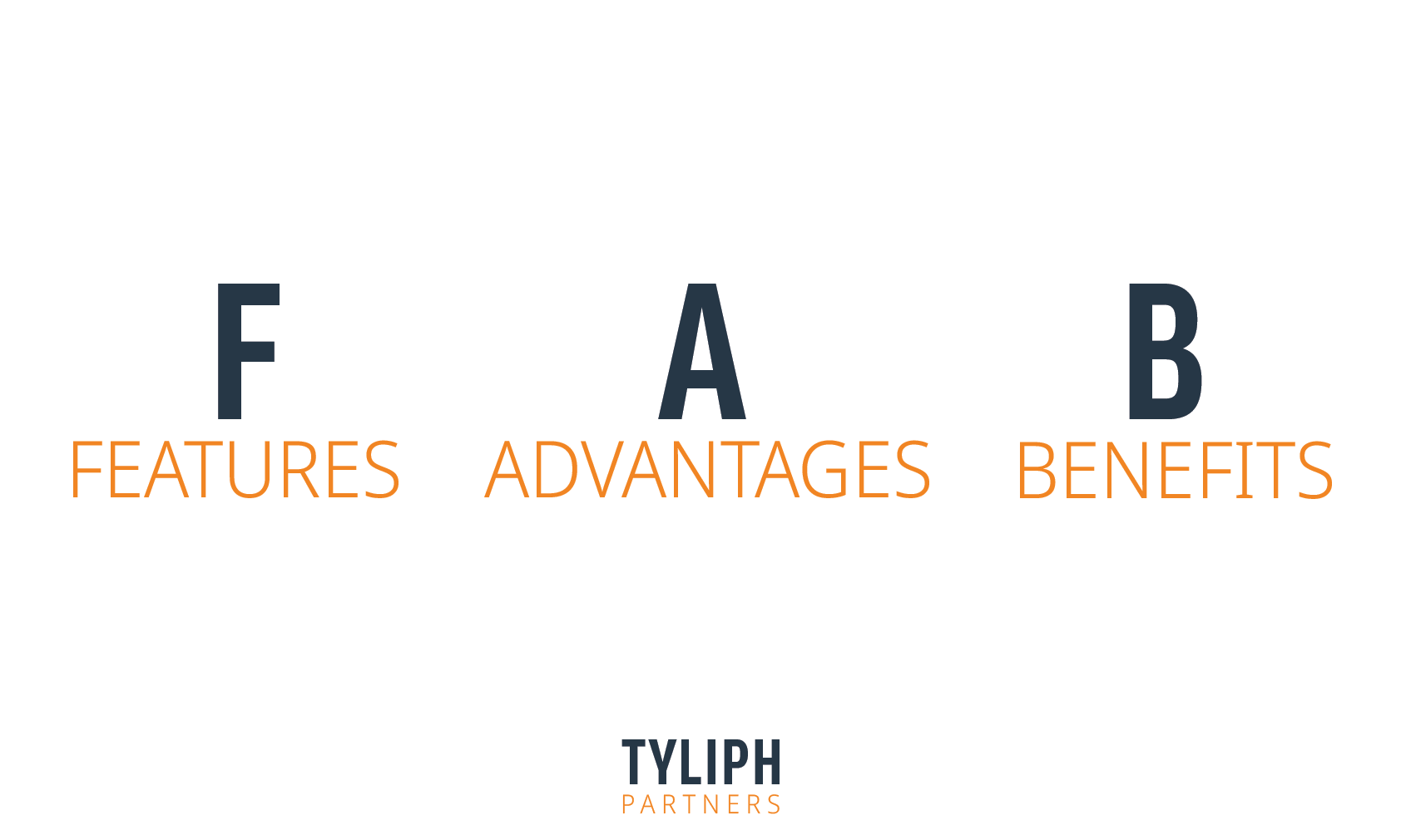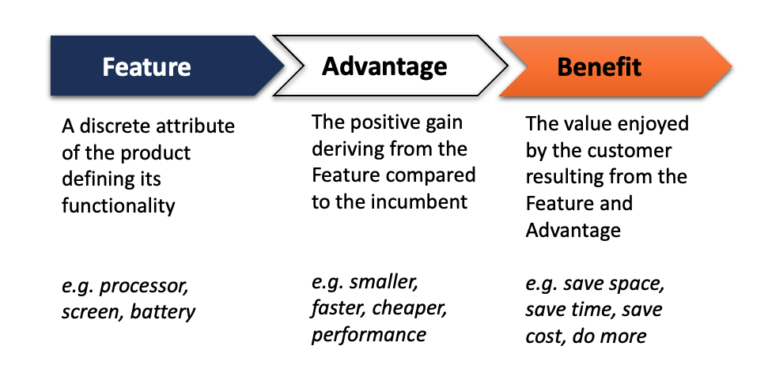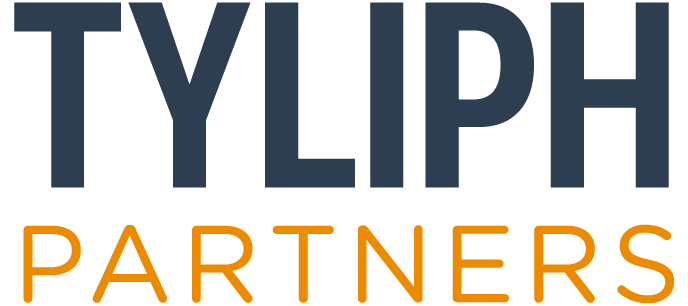
1: New Products are FAB(s)
Read the descriptions of some tech products and you’ll often be presented with a list of bullets. Impressive as they are, they don’t help customers that much.
Think of a new mobile ‘phone. There’ll be something about the operating system, its processor and memory, the screen dimensions, the pixel count of the camera, its network connectivity, its size and weight, and of course, the device’s battery life. These are all features.
So what you ask? Missing is any text explaining the advantages they represent over existing solutions and, vitally, the benefits you will derive from using the product in that configuration. Simply put, if I don’t understand what the new phone will do for me that my current one doesn’t already do, I’ll probably just stick with the one I have now. That means no sale for the vendor.
When I began my career in sales and marketing it was drummed into me that people don’t buy features, they buy the benefits that they get from them. As Harvard Business School marketing professor Theodore Levitt succinctly expressed,
"People don't want to buy a quarter-inch drill -- they want a quarter-inch hole!"

As a rule, a new product pitch should be framed as its ‘FABs’: the discrete Features plus the demonstrable Advantages of each feature and the associated Benefits to the user.
Benefits are the needs, expectations, requirements, or motivations that matter to the user. A benefit can be expressed in terms of:
- Quality (durability or yield)
- Savings (time or money), and
- Emotion (satisfaction or peace of mind).
Some are actual benefits, which can be measured; other benefits are perceived, meaning they relate to image or reputation. What’s most important to the customer? That’s for you to find out.
Back to that ‘phone example. The point of preferring one operating system over another is its familiarity and ease of use, so you don’t have to spend time learning it. The higher speed of the multi-core processor matters only because you can get work done faster to be more productive in your time (so either more work in the same time, or the same work in less time); or if used for gaming, your gameplay is instantaneous, less laggy for more thrills and fun. That 50 MP camera with 3X zoom and 1080p HD optics shoots super clear photos and videos so your social media posts pop and get noticed.
A startup building a new product has to think in terms of benefits that are meaningful to the customer. Your job as a startup founder is to get into the head of your customers and understand the benefits they demand from a product before they’ll consider switching to your new one.
It’s harder than it sounds and many tech startups fail to do it right. As an advisor to founder teams, I always study the company’s website and sales collateral. Amidst all the fine verbiage and colorful graphics, it’s surprising to me how vague the copy often is about what the product or service being offered actually does for the customer. I recently advised one of my clients to change their website content to focus on benefits and their customer inquiry and adoption rates jumped.
You must experience the product from the customer’s viewpoint. That’s why product validation is so crucial. A user validation research plan must be part of your product development program if you want a successful product launch. It will inform your product configuration and even your roadmap. The advantage of executing on the insights one provides is that you make products customers actually want, with the benefit that they spend their money with you and not your competition. (See what I did there?)
Lindsay Powell is a Partner and Co-founder of TYLIPH Partners, which offers its clients access to people with actionable insights to position new tech companies for long-term success.
© Tyliph Partners |
